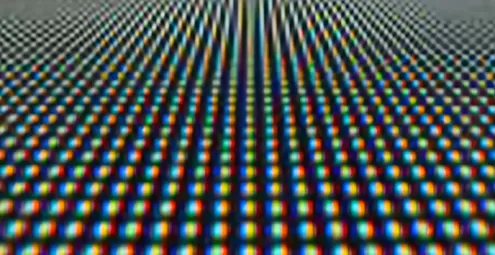Q:What is LED Wall Pixel Pitch?
2025-08-22
Definition: LED wall pixel pitch refers to the distance (in millimeters) from the center of one pixel to the center of an adjacent pixel on an LED display. A pixel typically consists of clusters of red, green, and blue LEDs that combine to...
Read more










